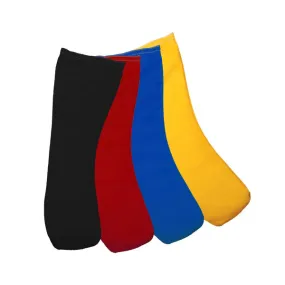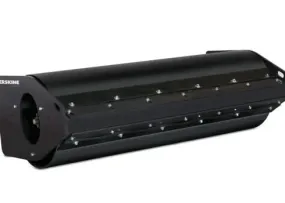A Robotics HAT (Hardware Attached on Top) is an expansion board specifically designed to enhance the capabilities of single-board computers (SBCs) for robotics applications. It provides a range of features and interfaces tailored to robotics projects, such as motor control, sensor inputs, and connectivity options, allowing enthusiasts and professionals to build and control robots with ease.
Key Characteristics and Features:
1. Motor Control: One of the primary features of a Robotics HAT is motor control capabilities. It typically includes motor driver circuits or motor controller ICs that allow the SBC to drive various types of motors, including DC motors, stepper motors, and servo motors. This enables the robot to move and perform tasks such as navigation, manipulation, and locomotion.
2. Sensor Inputs: A Robotics HAT often includes a variety of sensor inputs to gather data from the robot's environment. This may include analog inputs for sensors such as temperature, light, and sound, as well as digital inputs for proximity sensors, encoders, and other digital sensors. These inputs enable the robot to perceive its surroundings and make decisions based on sensor feedback.
3. Connectivity Options: The Robotics HAT typically provides various connectivity options to communicate with the SBC and external devices. This may include GPIO (General-Purpose Input/Output) pins for interfacing with other electronic components, as well as serial interfaces such as UART, I2C, and SPI for communication with sensors, actuators, and other peripherals.
4. Power Management: A Robotics HAT may include power management features to regulate and distribute power to the SBC, motors, sensors, and other components. This may include voltage regulators, power switches, and battery connectors to ensure reliable operation and prevent damage to sensitive electronics.
5. Expansion Headers: Many Robotics HATs feature expansion headers or connectors that allow for additional peripherals and modules to be connected to the board. This enables users to customize and expand the functionality of their robot by adding additional sensors, actuators, communication modules, and other accessories.
6. Compatibility: Robotics HATs are typically designed to be compatible with popular SBCs such as the Raspberry Pi, Arduino, BeagleBone, and others. They often come with software libraries, drivers, and example code that make it easy to integrate the HAT with the SBC and start building robotics projects right away.
7. Software Support: Robotics HATs are supported by a variety of software development tools and frameworks, including Python, C/C , and ROS (Robot Operating System). This allows developers to program and control their robots using familiar programming languages and libraries, making it accessible to beginners and advanced users alike.
In summary, a Robotics HAT is a versatile and feature-rich expansion board that empowers hobbyists, students, and professionals to build and control robots using single-board computers. With its motor control, sensor inputs, connectivity options, and other features, it provides a solid foundation for creating innovative robotics projects and exploring the exciting world of robotics and automation.




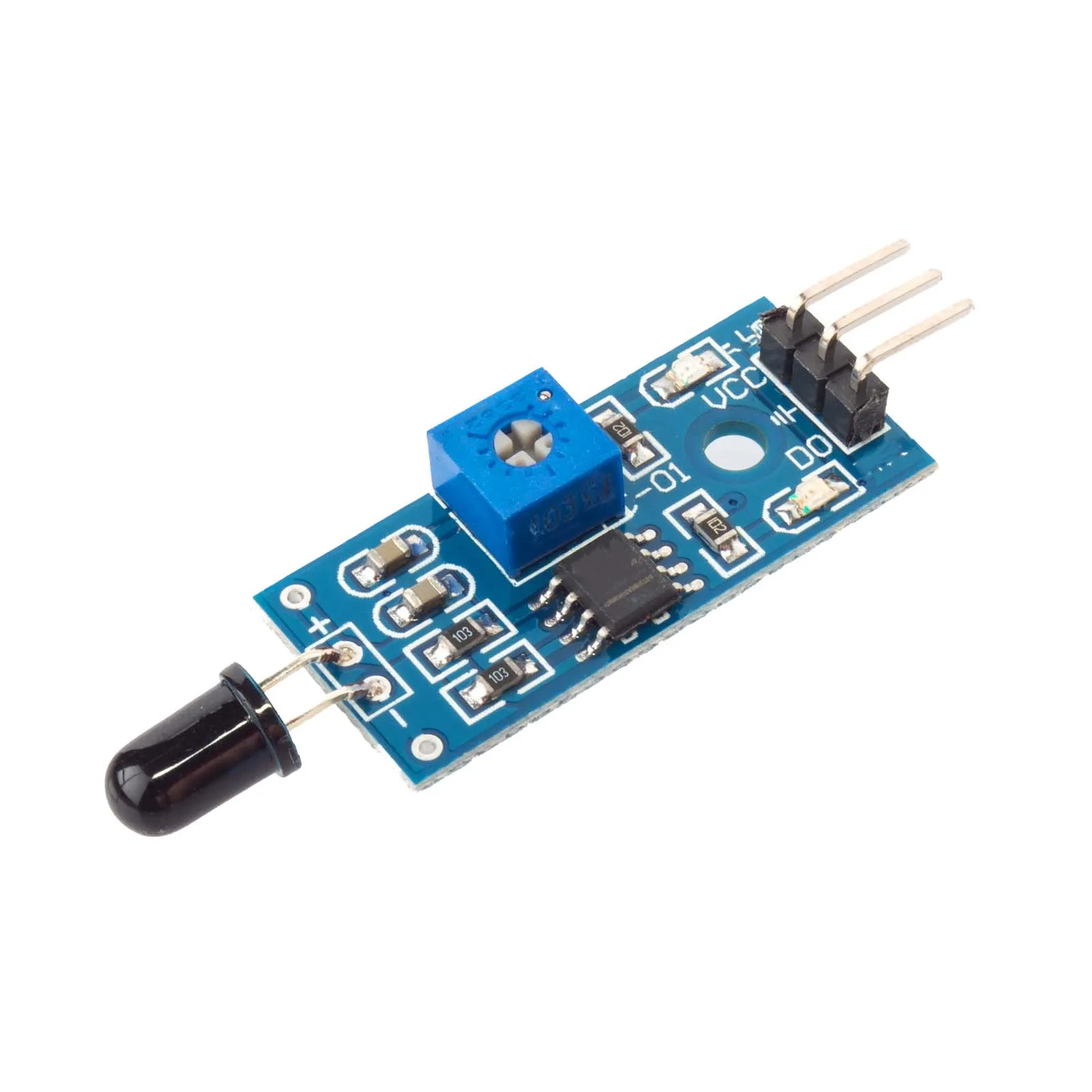
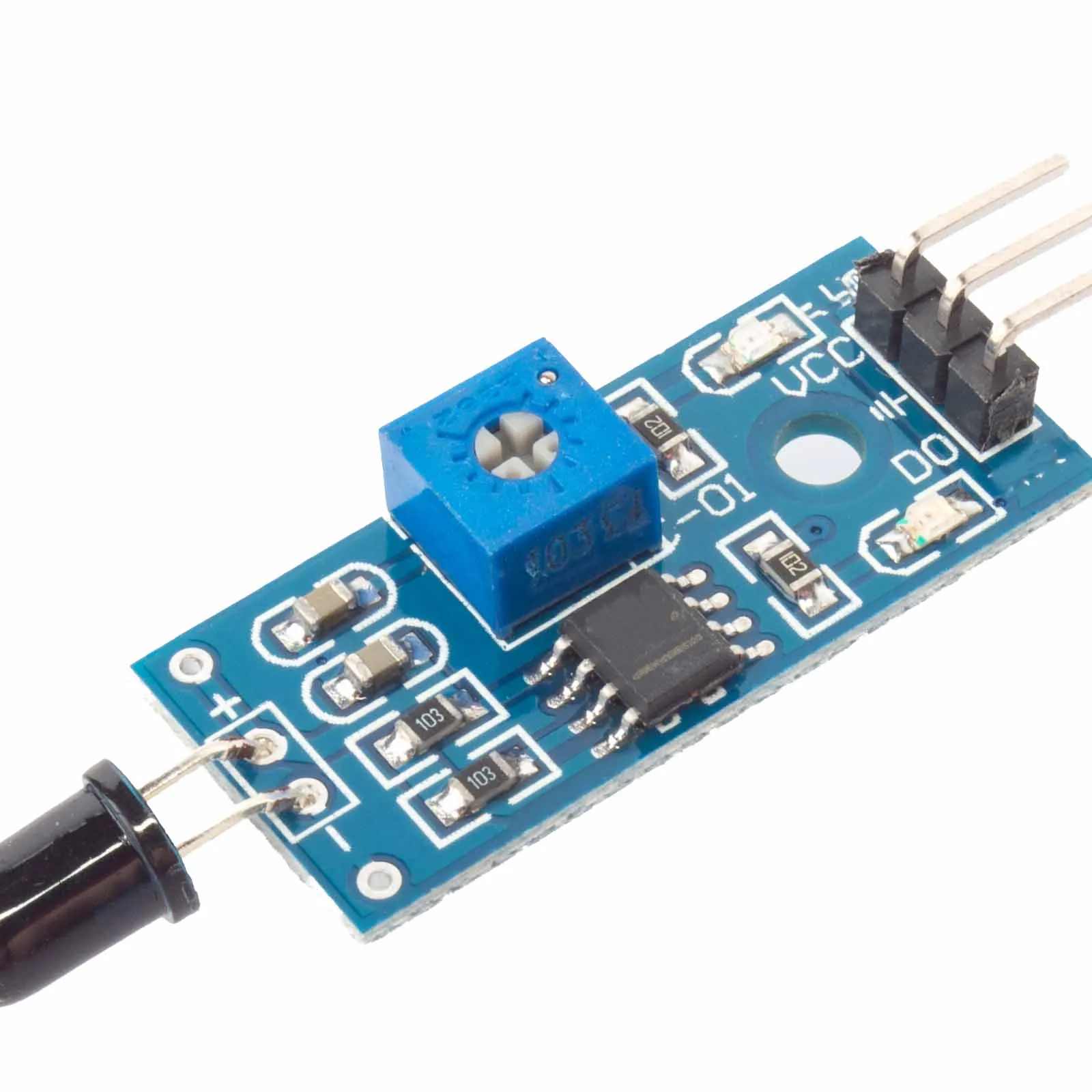

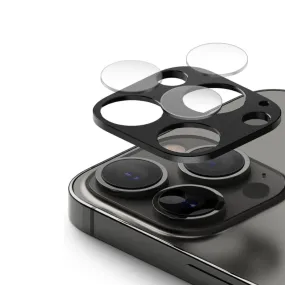
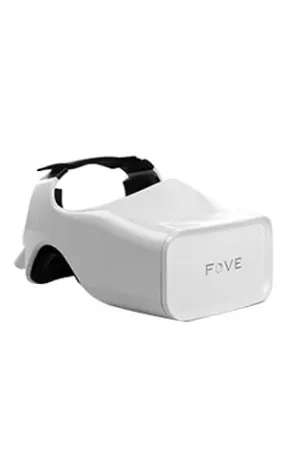
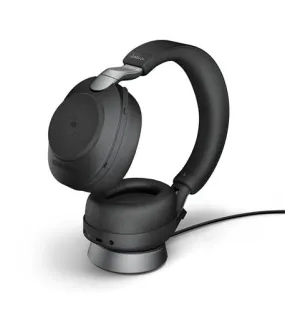
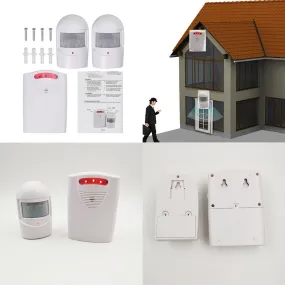
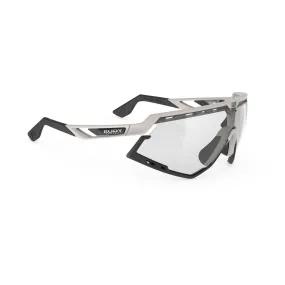
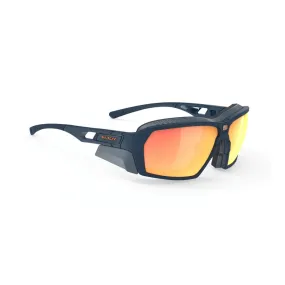
![SeaDek Embossed 4-Piece Step Kit - Cool Grey [23903-80022] SeaDek Embossed 4-Piece Step Kit - Cool Grey [23903-80022]](https://www.immersivevrg.shop/image/seadek-embossed-4-piece-step-kit-cool-grey-23903-80022_rkXP42_285x.webp)
